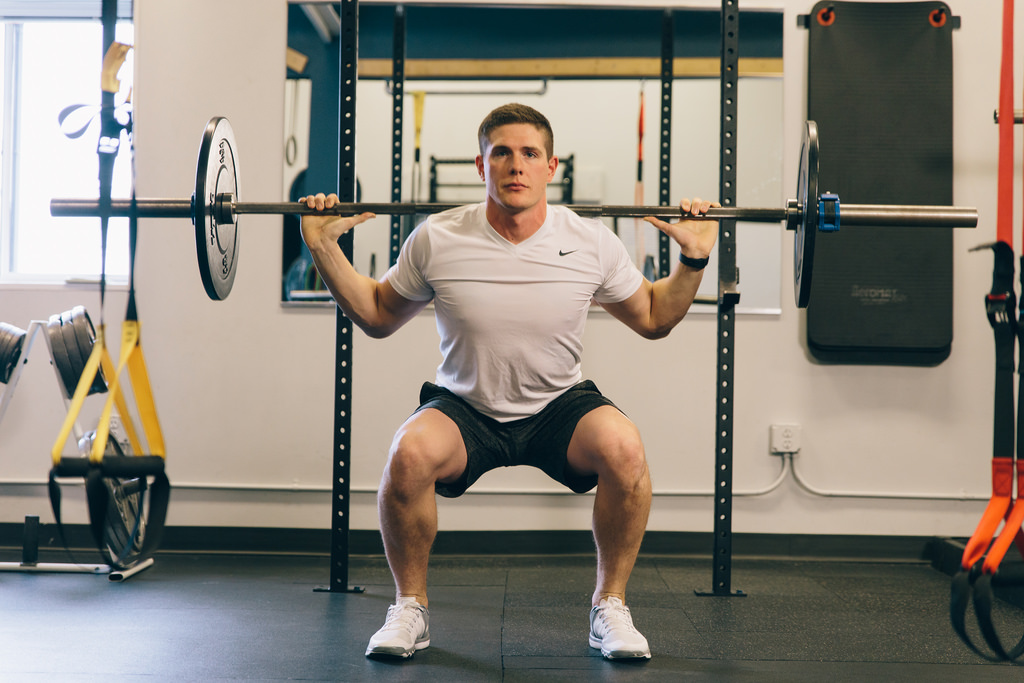Feb 8, 2018Next Level Prep
High school coaches work hard with their athletes in the weight room to get them ready for game day. And many might think this will be enough to carry them into college athletics. But in an article for TrainHeroic, Rob Van Valkenburgh, CSCS, explains that many athletes graduating high school are not adequately prepared for the college level.
Having coached at the NCAA Division I level, Valkenburgh saw the deficiencies of incoming freshman first hand. Some of the problems he noticed included undeveloped posterior chains, rounded shoulders from excessive benching, as well as knee and back issues. And since most universities only have one or two strength coaches per team, it’s important that these athletes come in with the best foundation possible. To help with this, in his blog, Valkenburgh offers some attributes high school coaches can strengthen in their athletes to help them succeed at the college level.
First, Valkenburgh explains that high school athletes should have an understanding of and be able to carry out basic bodyweight movements such as the push up. Otherwise, they will not be able to properly execute large group weight training without one-on-one assistance.
Before allowing his athletes to work with weights, Valkenburgh has them go through a stability and preparation phase to teach proper positioning and movement. One important movement to master is the squat. Valkenburgh stresses that athletes should be able to correctly engage in both the front and back squat. Teaching correct technique is also important when it comes to running.
“Training proper mechanics and neuromuscular efficiency from day 1 of training will allow your athletes to see greater gains,” writes Valkenburgh. “In addition, movement and speed sessions at the college level are often taught in large groups with a limited number of strength coaches. By instilling proper mechanics this will allow the collegiate strength coaches to have a greater impact and make them more effective.”
According to Valkenburgh, athletes should also be taught the proper mechanics of deceleration to decrease the chances of ACL tears and other knee injuries. Beyond technique, coaches can also better prepare their athletes by building up their mobility.
“Start implementing 2-3 mobility exercises at the start of the workout and throw one in during your rest period between sets,” writes Valkenburgh. “In addition, you should be implementing some form of movement/mobility screening on a regular basis.”
Along with mobility, athletes should also be training to strengthen their back and learn proper deadlift technique. Many college programs utilize Olympic lifts, and Valkenburgh explains that these components will help athletes excel and make greater gains when engaging in these movements. Last, Valkenburgh explains that coaches can also help their athletes excel in the transition to college by building their trunk stability.
“Yes, trunk stability,” writes Valkenburgh. “Don’t confuse it with core strength. Trunk stability is the ability to squat with your chest up, power clean with a natural spine, and run without looking like Gumby.”




